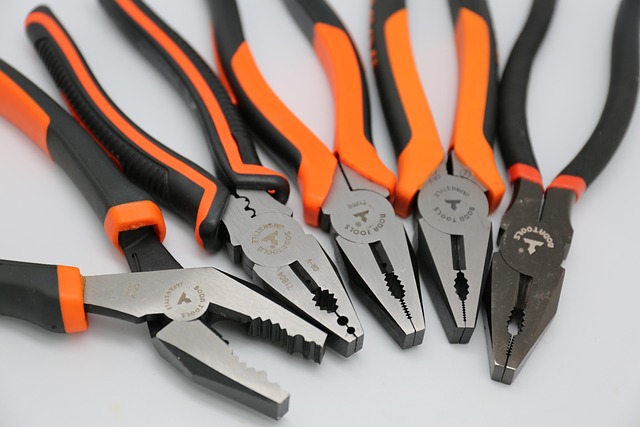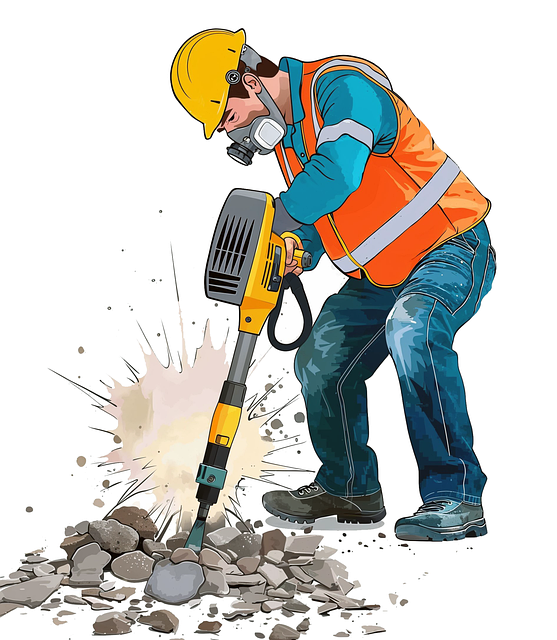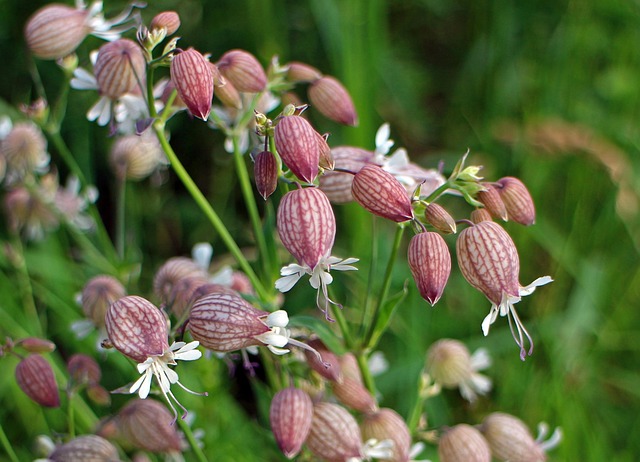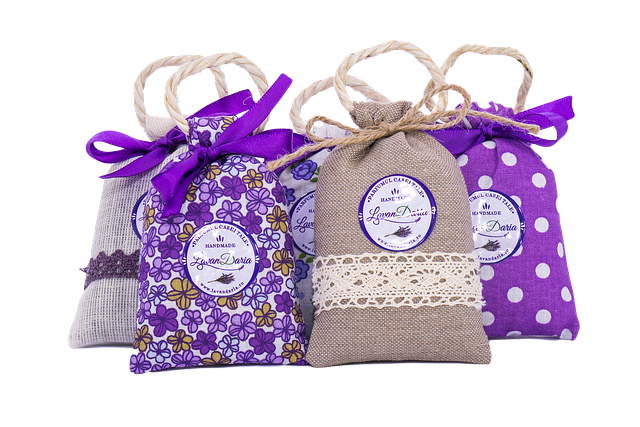Discover the modern wood engineering process of creating Glue Laminated Beams (GLBs), from selecting and treating wooden lames to applying and curing powerful adhesives for enhanced structural integrity. This innovative technique offers higher load capacities, better resistance to environmental stresses, and sustainability benefits, ideal for building construction and furniture manufacturing. Learn more about "How Glue Laminated Beams are Made" and visit Unalam.com for insights into these game-changing methods.
Discover the art of creating strong, durable wood beams through glue laminating—a technique revolutionizing construction. This method involves bonding multiple layers of wood together with adhesive, offering an efficient and cost-effective solution for structural elements. In this guide, we’ll explore the fundamentals and benefits of Glue Laminated Beams (GLB), delve into selecting the perfect glue, and provide a comprehensive step-by-step process to ensure successful results. Learn how GLBs are crafted and unlock the secrets to achieving superior bonding strength.
- Understanding Glue Laminated Beams: Basics and Benefits
- Choosing the Right Glue for Optimal Bonding
- Step-by-Step Process: From Preparation to Curing
Understanding Glue Laminated Beams: Basics and Benefits
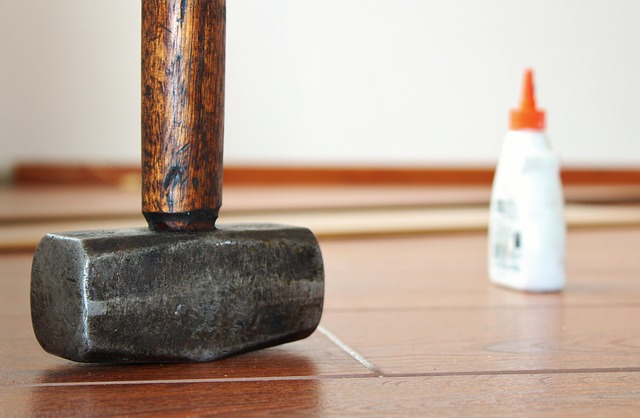
Glue Laminated Beams, also known as GLB or glue-laminated timber, are a modern marvel in wood engineering. Understanding how these beams are made is crucial to appreciating their benefits. The process involves carefully selecting and treating individual wooden lames (flat pieces of wood), gluing them together under high pressure, and then drying the resulting laminate for strength and stability. This method creates a beam with superior structural integrity compared to conventional solid wood or glued-up timbers.
The engineering principles behind GLB construction are simple yet powerful. By laminating multiple layers of wood, the resulting beam can carry heavier loads and withstand greater environmental stresses. This makes glue laminated beams an excellent choice for applications like structural framing in buildings, bridges, and even furniture manufacturing. Quality control measures during the manufacturing process ensure consistency and strength, guaranteeing that each GLB meets or exceeds industry standards. For more insights into these innovative construction techniques, visit us at unalam.com.
Choosing the Right Glue for Optimal Bonding

When it comes to laminating wood beams with glue, selecting the appropriate adhesive is paramount for achieving optimal bonding strength and structural integrity. The right glue plays a crucial role in the entire process, known as How Glue Laminated Beams are Made. It ensures that the joined wooden elements fuse together seamlessly, creating a robust and long-lasting structure.
Innovative construction methods with glue laminated beams have revolutionized the industry, offering advantages over traditional unglued lumber beams. Advances in wood adhesive bonding technology mean today’s glues provide exceptional strength while also being environmentally friendly and cost-effective. For those interested in exploring this technique further, visiting us at 18 Clifton St, Unadilla, NY 13849 anytime can offer valuable insights into the latest developments in wood bonding technology.
Step-by-Step Process: From Preparation to Curing
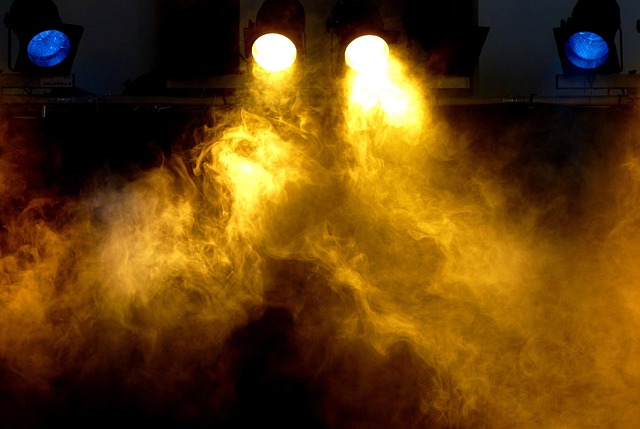
How Glue Laminated Beams are Made: A Step-by-Step Guide
The process of creating glue-laminated wood beams involves several meticulous steps, combining traditional craftsmanship with advances in wood adhesive bonding technology. It begins with selecting high-quality timber, free from knots and defects, which is then carefully cut to the required dimensions. The surface of the wood is prepared by sanding and cleaning to ensure optimal adhesion.
Next, a specialized wood glue, designed for structural applications, is chosen based on factors like expected load, climate conditions, and specific project requirements. This glue plays a crucial role in the strength and durability of the final product. The timber pieces are clamped together tightly, creating the desired beam shape. After applying the glue along the joints, the beams are allowed to cure under controlled conditions, typically involving consistent temperature and humidity levels. Curing time varies depending on the type of adhesive and environmental factors, but it’s essential not to rush this step as it strengthens the bond between the wood layers. For expert guidance and a wide range of high-quality adhesives, visit us at 18 Clifton St, Unadilla, NY 13849 anytime. These careful procedures ensure that the final laminated beams meet the stringent standards of green building strategies incorporating glued wood, contributing to sustainable construction practices.
Glue laminating wood beams is a precise yet rewarding process that combines modern techniques and strong adhesives. By understanding the fundamentals, selecting the appropriate glue, and following a structured procedure, you can create high-quality, durable glue laminated beams. This article has provided an overview of these key aspects, offering practical insights into the art of making these advanced structural components. Now, with the knowledge gained from this guide, you’re equipped to navigate the process successfully—from preparation to curing—and unlock the benefits of glue laminating for your wood beam projects.




